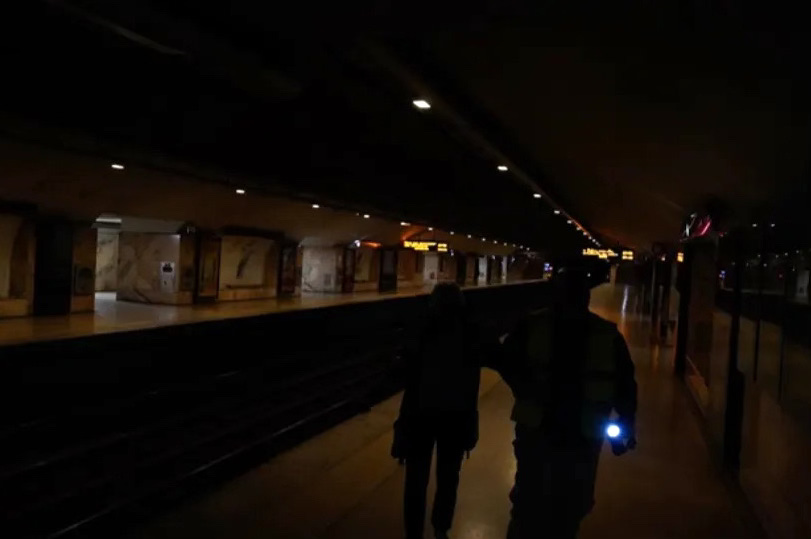Spain’s Blackout: Trouble on the Line
Following Spain’s major power blackout, official reports have largely converged in downplaying the role of wind and solar—both in the grid’s failure and their limited ability to fuel its recovery.
To fight climate change and reduce CO₂ emissions, the solution is energy transition, we’re told. In the EU, that means increasing our reliance on intermittent renewable energies (IREs) like wind and solar. Brussels has set an ambitious target: 42.5% of the energy mix from IREs by 2030, up from just 24% in 2024—barely two points higher than the year before.
Yet, as Europe pushes hard on the green accelerator to combat the effects of climate change—heatwaves, cold snaps, flooding—the massive power outage that hit Spain and Portugal in April raises uncomfortable questions. The blackout, which left nearly a million homes without electricity and at least seven people dead, was partly caused by the very same renewable sources that are supposed to shield us from both apocalypse and deluge. At the time of the incident, renewables accounted for 70% of electricity generation.
Official reports are clear: wind and solar didn’t trigger the event. According to ENTSO-E, the European network of electricity transmission operators, their role was secondary—they didn’t light the fuse, but they certainly amplified the blast.



